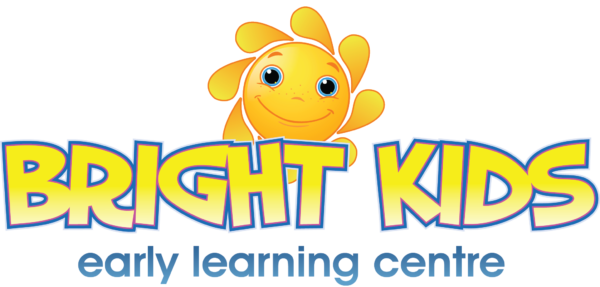Since the children transitioned at the beginning of the year into the Snakes (Jomgwong) room, they have grown and developed considerably. They were a bit confused with what to expect in the beginning when they transitioned into a new room with new routines and educators, but they quickly adjusted and were off and running.
One milestone in particular worth the center stage attention is, toilet training….The children went from nappies to toilet training in a few short months, some already trained when they transitioned. Now six months later, the children are completely toileting, even during rest time.
Educational Programming
Our Educational programming places a strong emphasis on;
- Social and Emotional learning (SEL) ;
- Fostering exploration, discovery and learning by fully immersing in Natures playground; and
- Inclusion of our Native culture.
We harness these teachings through our 3 specialised programs; ( Mindful Kids Resilience, Empowering Our Youth, Indigenous and Nature Inspired) These programs are modified to each age group and are embedded into our Centre curriculum to complement the Nation
Reaching Milestones
Developmental milestones are skills children are aiming for by a certain age. Skills such as taking a first step, smiling for the first time, and waving “bye-bye” are called developmental milestones. Children reach milestones in how they play, learn, speak, act, and move. You see children reach milestones every day.
Gross motor skills
Our gross motor program is integrated into our curriculum and guided by the early years learning framework. To develop hand, eye coordination we take our learning outdoors where we throw and catch balls, play ten pin bowls and toss small bean bags into a hoola hoop. Outside movement also includes:
- Dancing;
- Riding the trikes and scooters on the bike track;
- Different levels of obstacle courses which include, climbing and balancing.
- Group games like: Duck Duck Goose
- Running races, hoopla hooping and hopscotch.
Fine motor skills
Fine motor skills involve the use of the smaller muscle of the hands, activities like using pencils, scissors, construction with lego or duplo, doing up buttons and opening lunch boxes are all skills that require the use of fine motor movement. Over the course of the first 6 months we have:
- Learnt how to hold and write with a pencil,
- Paint with a smaller, finer brush;
- Cut with scissors,
- Play with all size lego pieces;
- Threading;
- Craft exercises like playing with playdoh and spraying the plants with a water bottle; and
- Do up buttons and zips on our clothes and velcro on our shoes.
Self help skills
Self helps skills teach young children how to take ownership for their independence. This gives children the chance to gain confidence and build their self-esteem while also putting their fine and gross motor skills into practise. We foster self-help skills such as:
- Making our beds;
- Putting our belongings in our locker;
- Placing hats and shoes in our pockets;
- Putting on sunscreen to play outside
Communication and Comprehension
Every morning before we start our daily activities, we begin our day with group time where we:
- Mark the roll and conduct daily greetings in different languages;
- Recite Acknowledgement of County;
- Recite the Growth Mindset Song;
- Foster Name recognition with name mats to sit on; and
- Read a story.
Our interactive storytelling sessions creates opportunities for the children to ask questions along the way and open up to group conversations about the book to ensure comprehension is understood. Repetition is key, so we take every opportunity to learn our shapes by taking the time to see where we can find those shapes in our room, outside or even in the book we are reading. We follow the same sequence for numeracy and colours, even using colours to transition children from one activity or task to another.
Social Skills
At Three years children often enjoy playing with other children. They start to understand social skills like sharing and being kind and are learning that other people have feelings, so they may be upset when other people are upset. Mostly, the boys will form little groups to play with the cars or join the girls and do some cooking in our home corner. This gives them many opportunities to engage in social situations that they choose. By age four, your child should have an active social life filled with friends, and they may even have a “best friend.” Ideally, they’ll have neighborhood and preschool friends they see routinely.
Intellectual
Roleplay plays a lead role in language and communication development. When the children play in groups they tell each other stories, act out real life situations, explore, investigate and experiment with different ideas and its where they learn to collaborate and work in a team environment.
“Mindful Kids” Resilience program
The Mindful kid’s’ certified resilience program was created by our very own licensee, who is a Resilience Facilitator and a Certified NLP coach. This unique program has been embedded into our centre for the past seven years and is continually being revised and updated with new resilience techniques.
During the last six months we have read several books and learnt several new resilience techniques, Click on the links to read previous blogs on the suggested books and tools;
- Moody Cow; https://brightkidscentre.com.au/march-book-club-review/
- My Magic Breath; https://brightkidscentre.com.au/april-book-club-review/
- The Angry Bull; https://brightkidscentre.com.au/may-book-club-review/
- ABC Yoga; and https://brightkidscentre.com.au/june-book-club-review-yoga/
- Currently, Tiger, Tiger is it true.
This month we have read the book Tiger, tiger is it true. The book is about a is about a little tiger who thinks that his whole world is falling apart: He has a false belief that his parents do not love him, his friends have abandoned him, and life is unfair. But a wise turtle asks him four questions, and everything changes. He realizes that all his problems are not caused by things, but by his thoughts about things; and that when he questions his thoughts, life becomes wonderful again.
In our room children tend to say “I don’t want to be your friend” or “she/he is being mean because they won’t play with me”. We had lots of discussions around if it was 100% true that they didn’t want to be your friend anymore. We extended those discussions to, what others do for us, if they do not say they love us, does not mean that they do not love us. The children could see that there was always a another perspective to a thought or belief.
“Empowering Our Youth” Indigenous Inspired program
‘Empowering Our Youth’, is our Indigenous Inspired program. Our vision is a journey of living, breathing and walking together to bridge the gap and unite as one. To empower our youth to be inclusive of all cultures, but especially their own.
This year we have been honoured to welcome Miss Billy into our Centre to on-teach some aboriginal cultural lessons. Each month she teaches cultural aspects to go with the topic we are already learning about, such as:
- Extension of the Yugambeh language and counting;
- Greetings;
- Symbols and what they represent;
- writing our own stories using the symbols;
- Dreamtime stories;
- Dot painting
- Animals;
- Totems;
- Hunting;
- Gathering;
- musical instruments with clap sticks, rainmakers, shakers and didgeridoos;
- Dancing; and
- Singing.
Teaching history through Storytelling
Gowonda was about a great hunter with long white hair who trained dogs to hunt food for his people. After his death it was believed, he returned as a dolphin, with a distinctive white fin that herded fish into nets cast by the Kombumerri men, continuing his legacy as a provider.
Jabreen is a Dreamtime legend of the Indigenous ‘Yugambeh’ people of Queensland’s Gold Coast. Story has it, that Jabreen is said to have swum in the ocean off Burleigh Heads after feasting on wild honey. After his swim, he lay down to rest on Burleigh Mountain (Jellurgal), which grew around the giant as he slept and captured him. Thousands of years later, to this day, if you look past the pandanus you will see his fingers (guray) protruding from the volcanic lava, pointing towards the ocean. As a sensory experience, Miss Billy bought in bush bread and Honey (kuppia) for us to eat, like the Giant ate honey. The children thoroughly enjoyed this experience.
Cultural Activities In Our Classroom
In our room the children painted pebbles with aboriginal symbols to Correlate to the matching card deck. The children get a sense of pride playing with this activity, with a fulfillment of contribution. Another activity we created as a collective with the symbols is a dominos game.
Nature Inspired, Bush Kindy program
Our campus outdoor environmental yard was designed as an extension of our indoor studio, providing space for sensory exploration with natural materials, discovery, stillness, relaxation, collective group learning and gross motor skills.
Natural materials stimulate creativity and imagination by providing children with open-ended play experiences. The children are able to make their own investigations about the material’s texture, size, and weight, and how they can use it in their creation.
We make the most of the natural resources/materials in our campus environment, such as: leaves, sticks, pods and flowers. It’s a fuller sensory experience when making arts and crafts with the hands-on experience of sourcing, sorting and creating. One project, the children got to experience flower pressing.
Autumn craft
For our autumn craft activity, we crafted an exquisite autumn tree using cauliflower as our canvas, adorning it with the rich and warm hues of the season. The children delighted in exploring this unique painting technique. Additionally, we embarked on another art project by gathering a variety of colored leaves, which we cleverly incorporated into tree-themed artworks.
Earth day
On Earth Day, we chose to create a representation of our planet using torn blue and green tissue paper, along with glue and a balloon. After inflating the balloons, we applied the dampened glue to the balloons and layered the tissue paper on them. Once the glue dried, we popped the balloons, leaving behind the paper shell.
World Environmental Day
During our World Environmental Day project, we constructed our very own ecosystem utilizing a 2-litre bottle, coffee filters, string, a plant, small rocks, and fish. An ecosystem constitutes a connected environment where various forms of life coexist. As we assembled our ecosystem, we acknowledged the importance of the air, water, soil, animals, plants, and bacteria within it. Recognizing the interdependence of life within an ecosystem, we witnessed how resources like water circulate throughout, benefiting each component. The fish, plants, and soil all rely on the same water, demonstrating the interconnectedness of living beings. The children were especially fond of this project as they could observe the fish swimming and feed them.
Conclusion
In conclusion, we are committed to providing an engaging experience for the children every month through our ever-changing program. Our focus remains on nurturing their knowledge of counting, shapes, and colors throughout the entire year. Each child’s development and progress are essential to us, and we will strive to achieve the set Milestones for every age group.
That’s all this month from Miss Hannelie and the Snakes (Jomgwong) Children
Also please follow our Facebook and Instagram Pages and stay up to date


